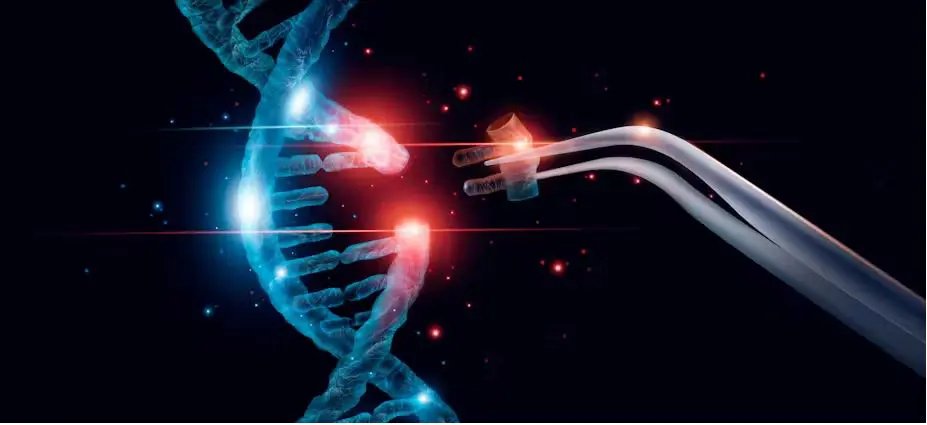Gene Rewrite Tech Could Reverse Rare Metabolic Disorders

In a leap forward for genetic medicine, researchers at Utrecht University have demonstrated how a powerful new technique called prime editing could be used to repair disease-causing mutations behind rare and devastating metabolic disorders.
The findings stem from the PhD work of Indi Joore, who explored the therapeutic potential of targeted gene correction. Unlike traditional CRISPR tools that break DNA to insert changes, prime editing acts like a genetic word processor, rewriting the genome with remarkable precision, no double-strand breaks, no donor DNA required.
“Prime editing gives us a scalpel instead of a hammer,” Joore said. “It allows us to correct single-letter mutations that cause inherited diseases, while minimizing unwanted damage.”
Metabolic diseases, many of which are caused by small but deadly errors in DNA, affect how the body processes nutrients and energy. These conditions are often untreatable, progressive, and life-shortening. Prime editing offers a tailor-made solution, one that could fix the faulty gene at its root instead of merely managing symptoms.
In the lab, Joore and colleagues used prime editing to correct mutations in liver cells carrying metabolic disease genes. The edits were highly specific, with minimal off-target effects, a crucial milestone for future clinical application.
What makes this approach even more exciting is its versatility. The technique can theoretically target thousands of different mutations across the human genome, opening doors not only for metabolic conditions but also neurodegenerative disorders, inherited anemias, and more.
Still, challenges remain. Delivering the editing machinery safely into patients' cells and ensuring long-term stability are key hurdles. But as the technology matures, scientists believe prime editing could become the cornerstone of next-generation gene therapy.
With global interest in precision medicine surging, this work places Utrecht researchers on the frontlines of a genetic revolution. For families facing untreatable disorders, it signals a future where a diagnosis might come with hope, not a dead end.